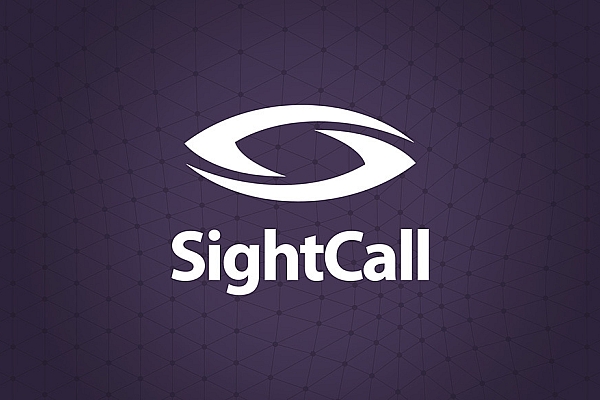In the last Mark Winther’s IDC report, named U.S. Video Communications Platform as a service, Forecast 2016-2020 a very interesting new category was created. Mark, who is a seasoned group VP and consulting partner at IDC, named it “Show me”.
IDC identified 3 different segments leveraging Video Communications Platforms as a service:
- Communication and Collaboration
- Education, social, and media
- Show me
IDC is forecasting a CAGR of over 100% for the PaaS market from 2016 to 2020.
What Is a Video Platform as a Service?
First of all, I would like to better define the Video PaaS (Platform as a Service) Market. So, what exactly is this new animal?
First, let’s define what it is not:
- It does not include traditional video conferencing infrastructures such as Cisco, Lifesize or Polycom
- It does not include internal communication solutions such as Microsoft Lync renamed Skype for business
- It does not include cloud-based conferencing solutions such as Webex, Go2meeting, Zoom or BlueJeans
Secondly, let’s figure out what it is made of:
Wikipedia defines Platform as a Service (PaaS) as “a category of cloud computing services that provides a platform allowing customers to develop, run, and manage applications without the complexity of building and maintaining the infrastructure typically associated with developing and launching an app.” In our context, Video Communications PaaS are cloud platforms delivering a set of APIs, SDKs and connectors allowing customers to integrate video communications into their software environment. These platforms manage and hide the complexity of real time communication to make customization and integration of video capabilities easy into any app and business process.
The Difference Between PaaS and SaaS For Video Communications
What are the benefits of PaaS video communication versus an enterprise Software as a Service (SaaS)?
Wikipedia describes Software as a Service as “a software licensing and delivery model in which software is licensed on a subscription basis and is centrally hosted. It is sometimes referred to as “on-demand software”.” SaaS video communication vendors deliver standalone applications that users can log in to communicate via audio and video. Conversely, PaaS vendors provide the ability to augment existing business applications with video as part of the flow.
Let’s take the example of a customer service implementation. Customer service agents are connected to their agent console that is connected to their CRM. They have a single interface they use all day long. Leveraging a PaaS video solution, this interface can be augmented with live video, empowering service agents with the ability to see what their customer see right in their agent console. In addition to the ease of use for the agents, logs, recordings, analytics are all plugged with the CRM in use by the organization.
To the 3 segments identified by IDC, “Communication and Collaboration” as well as “Education, social and media” are standard and traditionally in use. The third one named “show me” is fairly new from an analyst perspective. The definition of this new category could be “the conduct of a live video session allowing two or more individuals based in different locations to collaborate together while seeing what one of the individual of the session sees”.
Retailers and Insurers at The Forefront of Video PaaS Adoption
At SightCall we simply call it “see what I see” or “see what your customers see”. To make it very concrete, here are two examples of the SightCall Video PaaS implementation:
SightCall used by Darty, a French retailer that can be compared to Best Buy in the US
SightCall used by Axa, one of the top 3 global insurance company
As you can see in these 2 implementations, Darty and Axa both implemented a “Show me” use case:
- Axa transformed the claims process by enabling their customers to show damage in real-time replacing the need to wait for an adjuster to come on-site.
- Darty transformed the customer service experience by seeing their customers’ questions or problems and guiding them remotely to avoid unnecessary product returns or technician dispatch
It makes complete sense to consider that among markets leveraging video PaaS, the show me market will be the fastest-growing market in the coming 5 years. In a mobile world, consumers don’t consume services and goods in physical places but in digital marketplaces. The services provided by brands, manufacturers, carriers, retailers shall evolve the same way. Why would you bring your printer back to the store to find out if it can be repaired or replaced when someone could diagnose the issue remotely, and eventually show you how to repair it in a few minutes? The technology is ready and everything leads to believe that the transformation will happen quickly as customer satisfaction aligns with business efficiency.
Here are a few other signs to support my remarks:
Five9 Summer Release 2016 enhanced its omnichannel capabilities with the easy escalation from one channel to another including text chat to video chat using SightCall PaaS Video.
The Show me use case is even going further than the ability to see by empowering customer care agents with the ability to remotely guide customers. Agents can:
- Zoom to have a better view of the matter without asking the customer to go to the exact distance he needs to have a good view
- Activate the smartphone’s flashlight to highlight dark areas
- Pause the video and draw on the screen to explain what to do
- Take pictures remotely to document a case
- Share technical documentation while seeing the phone’s screen
Knowing that a picture is worth a hundred words and a video is worth a thousand pictures I let you do the math to get a sense of the benefits video brings to the business to customer’s interactions! Multichannel already embraced voice, text, and social media. The next big medium is video and enterprises can embrace it with a video PaaS.
IDC report is available here.
